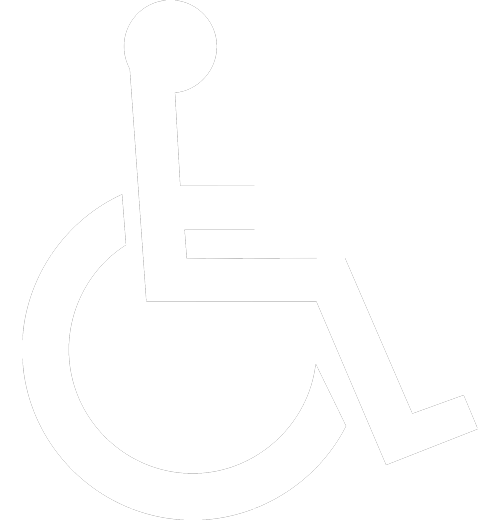Tips for Budgeting, Saving, and Achieving Financial Goals
Financial wellness goes beyond having enough money to cover your expenses; it’s about feeling secure and confident in your financial future. Whether you’re looking to save for a major purchase, pay off debt, or build a comfortable retirement, these tips for budgeting, saving, and achieving financial goals can help you attain lasting financial well-being.
 Create a Realistic Budget
Create a Realistic Budget
Budgeting is the foundation of financial wellness. It helps you understand where your money is going and how you can make it work for you. Start by tracking your monthly income and expenses. You can use budgeting apps, spreadsheets, or even a simple pen and paper to do this.
Once you have a clear picture of your financial inflows and outflows, create a budget that aligns with your financial goals. Allocate funds to essential expenses like housing, utilities, groceries, and transportation. Then, set aside money for savings and discretionary spending. Be realistic about your spending habits and make sure your budget is sustainable in the long term.
Build an Emergency Fund
An emergency fund is a crucial component of financial wellness. Life is unpredictable, and unexpected expenses can arise at any time, from medical bills to car repairs. Aim to save at least three to six months’ worth of living expenses in an easily accessible account, such as a savings account or a money market account. Having an emergency fund can provide peace of mind and prevent you from going into debt when the unexpected occurs.
Tackle Debt Strategically
If you have outstanding debt, whether it’s credit card debt, student loans, or a mortgage, addressing it should be a priority. Start by organizing your debts, noting the interest rates, and creating a repayment plan. While it may be tempting to pay off smaller debts first for a psychological boost, focusing on high-interest debts can save you more money in the long run.
Consider strategies like the debt snowball method, where you pay off your smallest debt first and then roll that payment into the next-smallest debt, and so on. Alternatively, the debt avalanche method targets the highest-interest debt first, which can save you more on interest payments.
Set Specific Financial Goals
Without clear financial goals, it’s challenging to stay motivated and focused on achieving financial wellness. Your goals can vary widely, from buying a home to saving for your child’s education or retirement. Make your goals specific, measurable, achievable, relevant, and time-bound (SMART). For example, “Save $20,000 for a down payment on a house within three years.”
Having specific goals allows you to create a plan and track your progress. It also makes it easier to prioritize your spending and savings, as you can align your financial decisions with your goals.
Automate Your Savings
Saving money consistently can be challenging, especially when you have to manually transfer funds to your savings account each month. Automating your savings is a simple yet effective way to make sure you’re consistently putting money aside.
Set up automatic transfers from your checking account to your savings or investment accounts on your payday. This “pay yourself first” approach ensures that your savings goals are a top priority and not an afterthought.
Invest Wisely
While saving money is essential, investing can help your money grow over time. Consider working with a financial advisor or using robo-advisors to determine the best investment strategy for your goals and risk tolerance.
Diversify your investments across asset classes, such as stocks, bonds, and real estate, to spread risk. Keep in mind that investing involves risks, and it’s essential to have a long-term perspective. Avoid making impulsive decisions based on short-term market fluctuations.
Educate Yourself
Financial literacy is a critical component of financial wellness. The more you understand about personal finance, the better off you’ll be to make informed financial decisions. There are plenty of resources available, including books, online courses, and financial websites, that can help you enhance your financial knowledge.
Learn about topics like budgeting, investing, retirement planning, and taxes. The more you know, the more confident and in control you’ll feel about your financial future.
Review and Adjust Regularly
Financial wellness is not a one-time achievement; it’s an ongoing process. Regularly review your budget, track your progress toward your goals, and make adjustments as needed. Life changes and your financial plan should adapt to reflect those changes.
As you achieve your financial goals, set new ones to continue your journey toward financial wellness. Whether it’s building wealth, traveling the world, or retiring comfortably, having a financial plan in place will help you turn your dreams into reality.
Financial wellness is about more than just having money in the bank. It’s about feeling secure, confident, and in control of your financial future. By creating a realistic budget, building an emergency fund, strategically managing debt, setting specific financial goals, automating savings, investing wisely, educating yourself, and regularly reviewing your financial plan, you can achieve lasting financial well-being. Remember that financial wellness is a journey, and the steps you take today will have a positive impact on your financial future for years to come.









